Bitumen is a material obtained by fractional distillation of crude petroleum as an end product.
According to IS: 334-1951, bitumen is a non-crystalline solid or viscous material having adhesive properties, derived from petroleum either by natural or refinery process. During this process, smaller amounts of crude oil like kerosene, fuel oil, spirit and lubricating oil evaporate.
Bituminous materials were used for the construction of roads, preserving timber and for waterproofing stone walls. Nowadays, they are extensively used for surfacing of road and airport pavements.
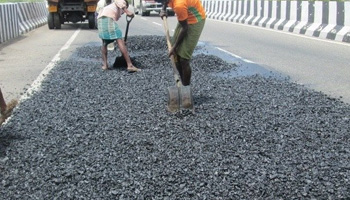
Properties of Bitumen
- It is dark black or brown in colour.
- Usually solid at normal temperatures and becomes liquid on heating.
- Consists of components like carbon (87%), oxygen (2%) and hydrogen (11%).
- It becomes soft at 30°C to 100°C. • Good resistance to acid and not soluble in water.
- It is susceptive to oxidation, forming blisters and cracks.
Types of Bitumen
Bitumen is available in the following forms:
Plastic bitumen: It is used for filling cracks in masonry and stopping leakages, etc., as it is thinner and a suitable filter in plastic form.
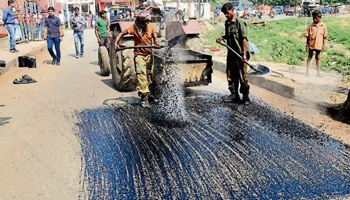
Bitumen emulsion: It is a mixture of bitumen, water and an emulsifying agent, which is in liquid form formed in aqueous medium and stabilizing agents. There are three varieties of bitumen emulsion, namely, slow setting (SS), medium setting (MS) and rapid setting (RS) depending upon the stability provided by the emulsifying agent.
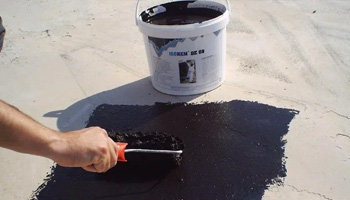
It can be easily applied at ambient temperature, merely mixing it with aggregates for road works starts the binding process. The colour change from brown to black indicates the binding and can be used for road repairs and soil stabilization.
Straight run bitumen: It refers to bitumen distilled to a definite viscosity, to use without further treatment like heating. It is achieved by controlling the temperature and the rate of flow during processing.
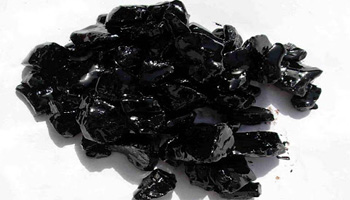
Blown bitumen: It is produced by heating until it becomes a liquid and then passing air under pressure by which all the volatile compounds in it can be forced out. It is in solid form and has a high softening point so that if exposed directly to the sunlight for a long time, it does not melt.
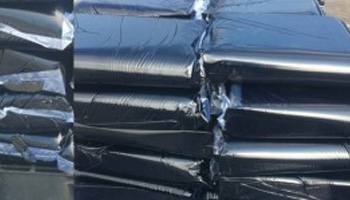
Residual bitumen: It is obtained as a residue during distillation of high-resin petroleum which is a solid substance at normal temperature.
Cutback bitumen: In this type of bitumen, viscosity has been reduced by adding other petroleum distillates like gasoline, kerosene and high-boiling point light oil.
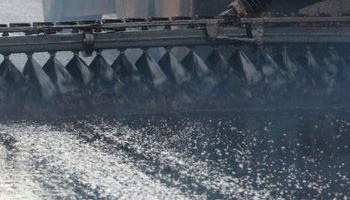
They are available in three groups, namely rapid curing (RC) cutbacks - contains gasoline, Medium curing (MC) cutback - contains kerosene, Slow curing (SC) cutback - contains light oil. They are mainly used for soil stabilization, and for road construction works.
Penetration grade: It is the basic form of bitumen that is semi-solid at ambient temperature and requires to be heated to make it fluid before applications such as for waterproofing roof surfaces.
Modified Bitumen
It is obtained when bitumen is combined with plastics like resin, ester or synthetic resin. Modified bitumen is not heated to high temperatures, and the lighter oils are also preserved to improve its flexibility and resistance to weathering.
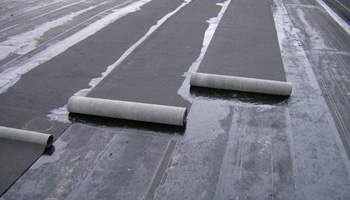
Polymerized bitumen is of two types - Atactic Polypropylene (APP) and Sequenced Butadiene Styrene (SBS). The former is a plastomer, and the later is an elastomer.
APP-modified bitumen has greater flow for expansion and waterproofing materials, generally stronger and stiffer then SBS-modified qualities. Both possess a high tolerance for ultraviolet rays. Hence, this modified-polymer bitumen is used for preparing waterproofing bitumen felts.
General Uses & Applications of Bituminous Materials
A graded stone mixture is coated with bitumen called bitumen macadam, extensively used for pavements, walkways, etc. There are many uses of bituminous materials in civil engineering works like:
For paints: The industrial blown or R grade of bitumen is mainly used for bituminous paints and other surfaces.
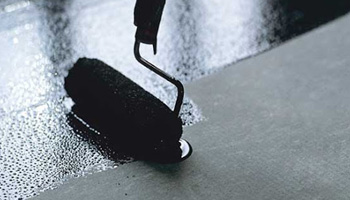
Damp proofing: For damp proofing, prefabricated mats that are sprayed with blown bitumen are used. They are also used to prevent pollution from spreading in the form of small water-retaining, bituminous walls at refuse disposal sites.
Roofing: Coverings of Roofs (Shingles) and Roofing felts are made of fibres or plastics. These are impregnated with penetration-grade bitumen and coated with blown-grade bitumen.

Tanking of basements: Bitumen is the usual choice for waterproofing of Basements like Asphalt.
Preservation of stones: These materials are used for preservation of stonework from attack by salts and other substances present in the ground and atmosphere.
Pavements: Largely used for the construction of roads, runways, taxiways, etc.
Protection of structures: It is used as a protective coating by impregnation for concrete elements such as slabs, piles, etc. Organic binders of 10-15 mm thickness are also applied over these coatings, to prevent the bitumen from corroding off.























Ama blessing
posted on Jul 6, 2021 10:04:33 AM